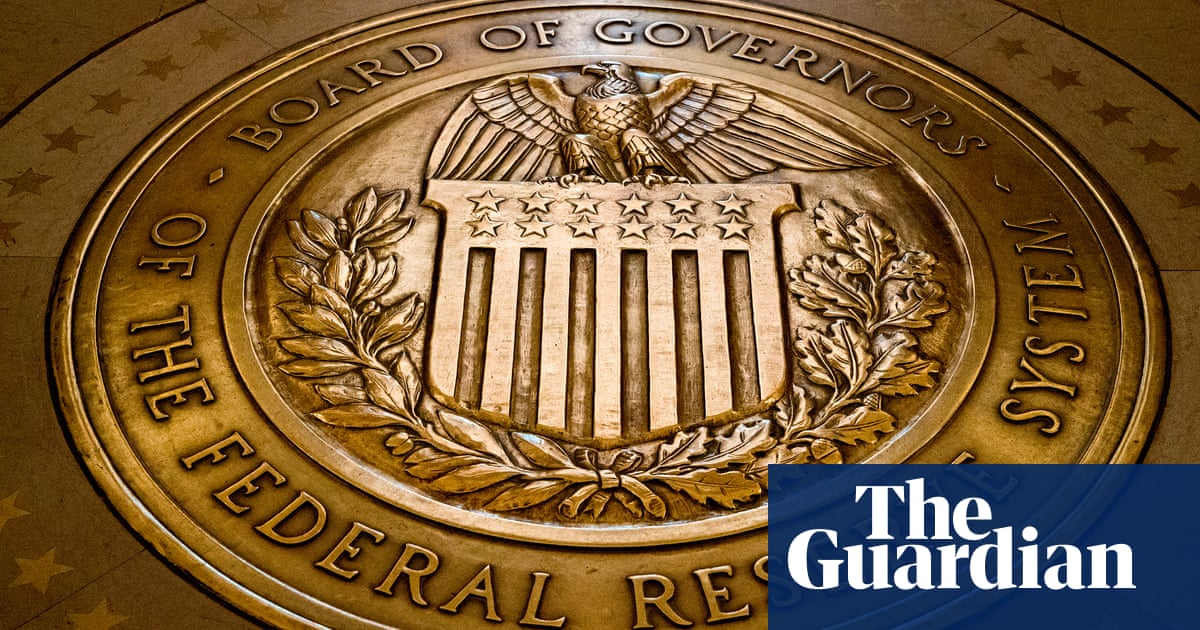
Narendra Modi’s 2016 ban on high-value bank notes, higher tax rates under a new goods and services tax regime, a boom of ride-sharing firms such as Uber and Ola, and a weak rural economy have all played a role
MUMBAI: Sudhir Gharpure and his sales team sat chatting at a big Maruti Suzuki dealership on the outskirts of Mumbai some two hours after its doors were opened on a recent Saturday morning — not a single customer was in sight.
“There used to be close to 15-20 bookings each day, but now we’re down to 3-5 on good days,” said Gharpure, the general manager at the dealership.
Gharpure’s experience is not an isolated one. Across India dealerships are being pushed out of business and the Indian auto sector is going through its biggest slump in nearly two decades. Passenger vehicle sales fell for eight straight months until June, and in May sales dropped 20.55 percent — the sharpest recorded fall in 18 years.
Preliminary data indicates passenger vehicle sales may have plunged as much as 30 percent in July. The slump in India, along with a simultaneous slide in Chinese auto sales, is a blow for automakers wrestling with higher costs driven by more stringent emission norms and a push to develop electric cars.
Unlike in China, where the plunge in cars sales has been caused largely by new emissions rules, India has seen a mix of factors that have combined to erode demand for automobiles.
Prime Minister Narendra Modi’s 2016 ban on high-value bank notes, higher tax rates under a new goods and services tax regime, a boom of ride-sharing firms such as Uber and Ola, and a weak rural economy have all played a role.
But many dealers and automakers agree it is a deepening liquidity crunch among India’s shadow banks that has been the biggest single factor in an auto sales collapse, which some fear may lead to more than a million job losses.
Non-banking finance companies (NBFCs), or shadow banks, have dramatically slashed lending following the collapse of one of the biggest, IL&FS, in late 2018.
IL&FS, or Infrastructure Leasing & Financial Services Ltd, was a behemoth in shadow banking and its defaults and unraveling, amid fraud allegations, have dried up funding for rivals and led to a surge in their borrowing costs.
Non-bank or shadow banking firms generate credit outside traditional lenders, by means such as collective investment vehicles, broker-dealers or funds that invest in bonds and money markets.In India, NBFCs have in recent years helped fund nearly 55-60 percent of commercial vehicles both new and used, 30 percent of passenger cars and nearly 65 percent of the two-wheelers in the country, according to rating agency ICRA.
To aggravate matters, the stress in the autos market has also prompted banks to begin trimming their exposure to the sector.
“The car doesn’t sell, it’s the finance that sells,” said R. Vijayaraghavan, a senior marketing consultant at the same Mumbai dealership. “Today the finance is not selling, so the cars are not selling.”
Problems amplified
Some 286 dealerships have shut down in the last 18 months across India as rising costs for inventory management have made businesses unviable, according to the Federation of Automobile Dealers Association (FADA), a lobby group of auto dealers.
“The slowdown in the (NBFC) sector has dragged down vehicle sales growth,” said A. M. Karthik, financial sector head at ICRA. “Now the auto slowdown is becoming more visible as the liquidity squeeze continues.”
Automakers including Maruti Suzuki, Tata Motors , and Mahindra & Mahindra are feeling the heat and have either cut production or temporarily closed plants to correct mounting stocks.
According to FADA data, passenger vehicle inventories now stand at 50-60 days up from around 45 days earlier, while those of two-wheelers are even higher at 80-90 days. For commercial vehicles, inventory levels range between 45 and 50 days.
Early recovery unlikely
With the autos sector employing more than 35 million people directly and indirectly, and contributing more than 7 percent to India’s GDP and accounting for 49 percent of its manufacturing GDP, the fallout from the autos slump is huge and presents a big challenge to Modi’s government as it begins its second term.
The entire supply chain, from vehicle manufacturers to component makers, are bleeding amid the slump.












